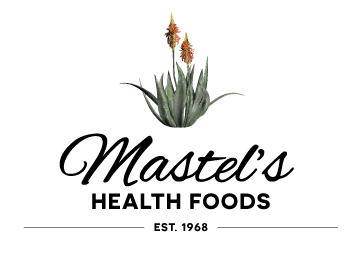This is part one of a two-part blog series that sets out to shed some light on that curious and enigmatic substance known as manuka honey: specifically, we aim to walk you through what it is, how it works, and what the labels mean when you see it on a retailer’s shelf.
To begin, we must start at the beginning: Honey 101.
What is honey?
Honey is a sugar solution produced by bees from the nectar of flowers. Comprised of roughly 80% fructose/glucose and 18% water, it also contains proteins, amino acids, vitamins, enzymes, minerals, and other miscellanea that differentiate it from a pure sugar solution.
The antibacterial activity of honey has been officially documented in Western culture since the 19th century but it has been known anecdotally since ancient times, even being mentioned by Aristotle in the 4th century BC as “a salve for sore eyes and wounds.” It has a history of use for a prolific amount of applications, including culinary, cosmetic, and wound-remediation purposes.
The therapeutic use of honey (generally for digestive issues or wound care) has fallen out of favor in modern medicine, but interest has resurfaced in recent years. Today, a branch of alternative medicine called apitherapy studies the therapeutic benefits of honey and other bee-derived products.
How does honey ‘work’?
All kinds of honey are antimicrobial, primarily due to the enzymatic release of hydrogen peroxide. When bees collect nectar from flowers, they add an enzyme called glucose oxidase. When oxidized, this enzyme splits the glucose in honey into H202 and gluconic acid, with antiseptic results.
In addition to peroxide, honey has several other characteristics that contribute to its antibacterial qualities:
What factors affect the potency of honey?
Not all kinds of honey are equal. Some of the factors that can influence its activity are:
In the second installation of this series, we’ll take a closer look at manuka honey itself and its various labeling conventions.
Part two of Demystifying Manuka Honey Ratings

